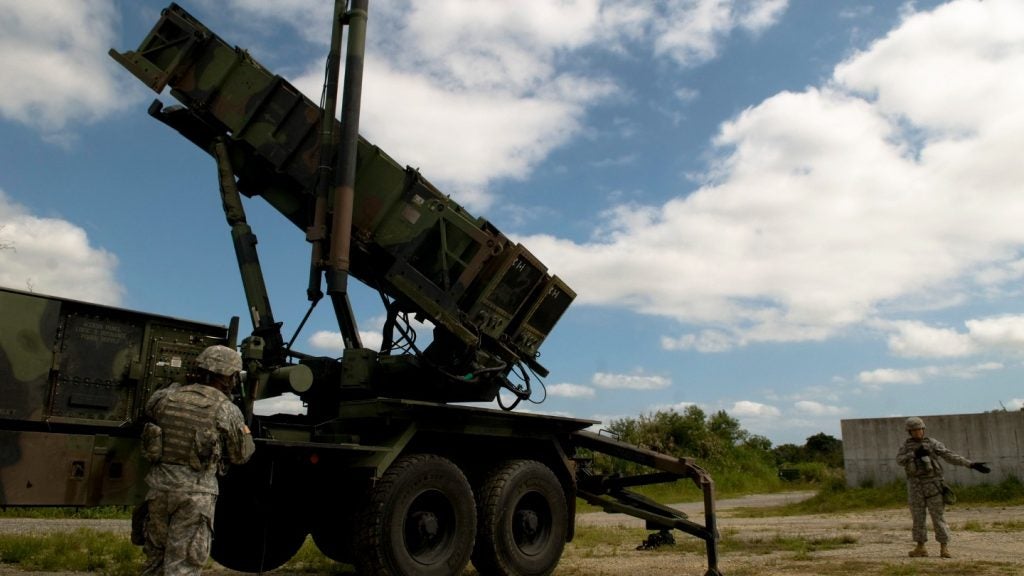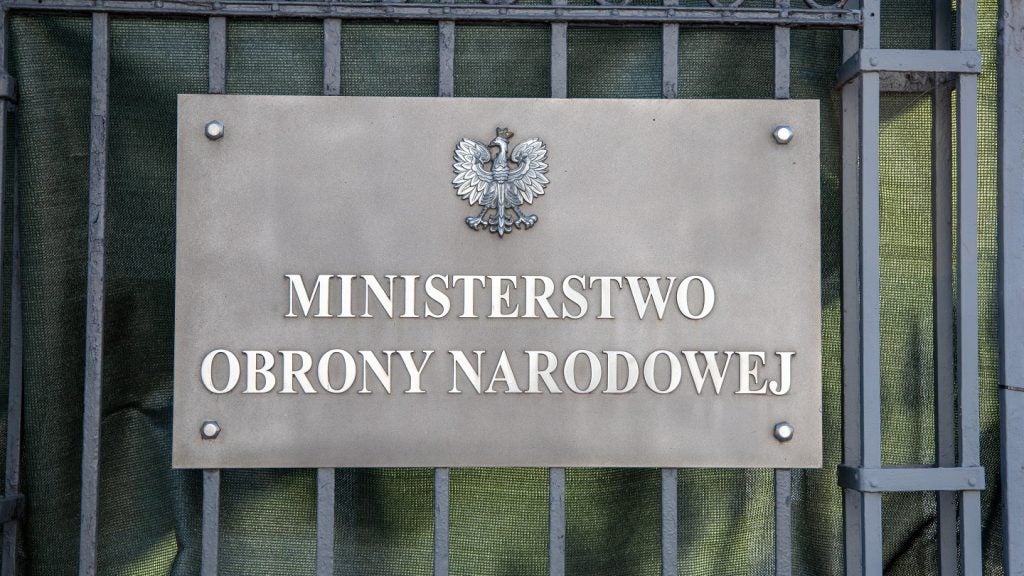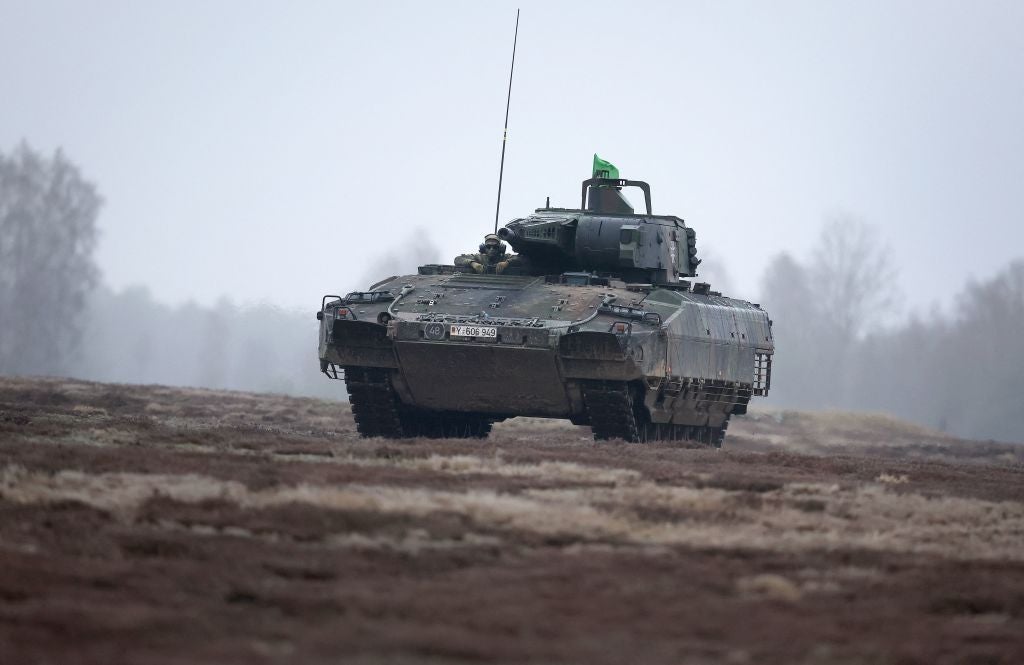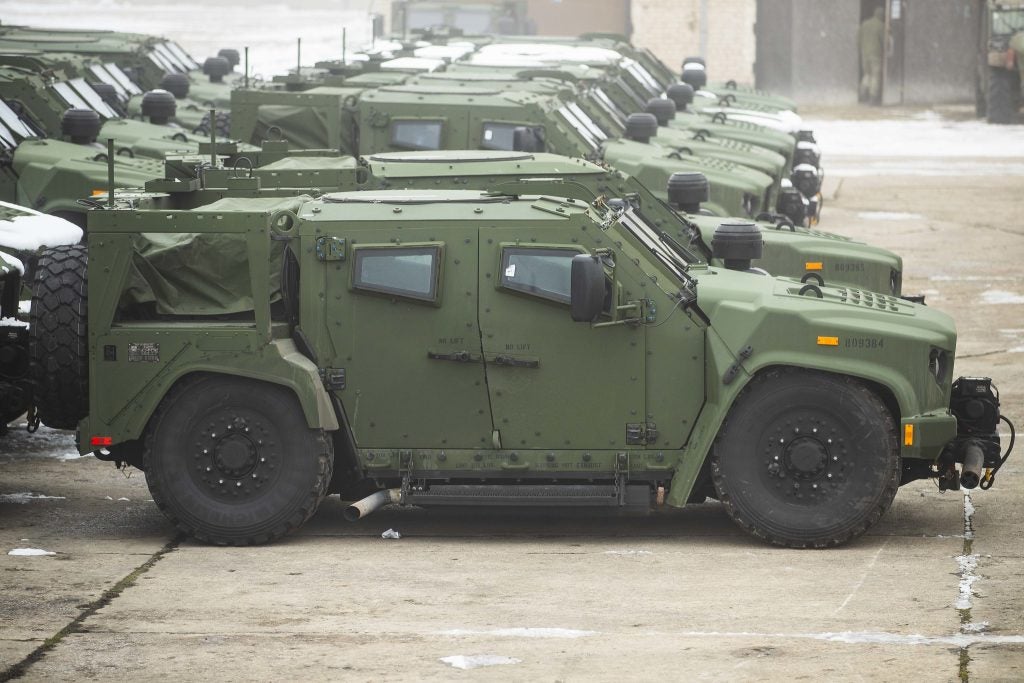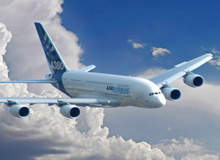
At the beginning of 2008 EADS chief executive Louis Gallois announced a 12-year strategy to make the company less focused on Europe and less reliant on the Airbus arm of its business. A series of medium-sized US acquisitions would, he said, help reduce Airbus from 65% of the group’s turnover to around 50% by 2020.
A year on from that press conference, and Gallois’s plans appeared to take a massive blow when EADS ditched plans to make a major US defence acquisition, citing the need to protect the company and sometimes support its suppliers.
Seven months later, the reason for the caution became clear: first-half results for 2009 revealed a 23% fall in profits and an almost 50% drop in orders for commercial aircraft. The company has been forced to write off €2.4m on its ailing A400M military transport project and warned that it may face big penalties for delays later in the year.
A380 collision course
EADS’s problems began with the A380 airbus. Poor communication between the French and German sides of the business contributed to production delays that cost billions in lost revenue and penalties, plunging the company into loss in 2006.
See Also:
Although saved at the time by a restructuring of the business, customers have since launched a court case seeking €19m in damages, citing a four-month lag between EADS knowing about delays with the jet and informing the stock exchange. Seven current and former senior EADS directors have also been implicated in an insider trading scandal.
How well do you really know your competitors?
Access the most comprehensive Company Profiles on the market, powered by GlobalData. Save hours of research. Gain competitive edge.

Thank you!
Your download email will arrive shortly
Not ready to buy yet? Download a free sample
We are confident about the unique quality of our Company Profiles. However, we want you to make the most beneficial decision for your business, so we offer a free sample that you can download by submitting the below form
By GlobalData“In my opinion the A380 should never have happened,” says Janes commercial aircraft analyst Paul Steggerda. “It was the wrong plane at the wrong time and it’s now in big trouble because of the recession. Some airlines are deferring their orders, some are even cancelling, but the real problem comes when the planes get to five years old. That’s when you normally sell them on, but will there be a market for resale of the A380? That’s a big issue because if there isn’t, Airbus may have to shut down the project before they break even.”
Problems with the A380 airbus are just the tip of the iceberg. For a business that relies so heavily on its commercial aircraft arm, the global recession has struck a blow to EADS. Fewer people flying means fewer aircraft orders taken and potentially lower prices for those that are.
“The global environment isn’t good for manufacturing right now but the aircraft industry is in a better position than most to cope with it,” says Global Insight aerospace analyst John Scholle. “Companies like EADS are protected by their backlogs to a certain extent. Because the planes take so long to build they can adjust production outputs without harming themselves as badly as businesses in other sectors. And, ultimately, demand will go back up again. New regions are opening up to air travel all the time and in the long run, this will be a growth industry.”
A400M nosedives as Eurocopter shines
EADS’s efforts to take the strain off the commercial arm of the company have been sabotaged by a disastrous military aircraft project.
In 2003 Airbus Military signed a contract to deliver 180 A400M military transport aircraft to seven partner nations including the UK, France and Germany, starting in 2009. Airbus was bought by EADS for £1.87bn in 2006 but the project is now three years late, at least €2bn over budget and is rumoured to be costing EADS €100m a month.
“The problem with the A400M was the contract [EADS] had on the engine,” says Janes military aircraft analyst Mark Bobbi. “There was no leadership there, which led to a whole host of technical problems but it seems as though they’ve gotten through that now.”
While the commercial aircraft arm of EADS experienced problems, other areas of the business flourished, however.
Eurocopter accounts for 30% of the world’s helicopter fleet, Astrium is Europe’s leading prime contractor for space technology and Defence and Security has a 46% stake in the Eurofighter and a handle on the burgeoning unmanned aerial vehicles sector.
“Eurocopter is an incredible company,” says Mark Bobbi. “Thanks to its innovation, it has the number one market share in both the military and commercial sectors. It’s incredibly profitable and has substantial backlogs.”
Astrium is also doing well, and has stability and big backlogs, according to James Steggerd but the future of defence and security is less certain, according to Janes aircraft programmes analyst Craig Caffrey.
“Eurofighter is still doing well at the moment,” Caffrey says. “Tranche 3A of the deal has been signed, which guarantees the building of 112 planes. The problem is Tranche 3B. The UK has already indicated that it will not order anymore and the Italians have made similar noises. I can’t see the full order going through.”
What the CEO says
With other areas of the business generally performing well and commercial aircraft manufacturing taking a buffeting, Louis Gallois’s diversification strategy would appear to make sense for EADS right now. The question is does it have the means to pull it off or will the problems with Airbus capsize the business before they can get there?
of EADS
depends to some extent
on how the financial crisis develops.”
“It is clear that Vision 2020 [the company’s goal to reduce overall income reliance on its Airbus division from 65% to about 50% by enhancing other parts of the company] is as valid as ever,” Gallois said. “Given the global financial crisis, protecting cash is key for EADS at the moment but that doesn’t mean that we can’t go for acquisitions at all. The future of the business depends to some extent on how the financial crisis develops. We think the crisis is at its bottom but it’s hard to predict how long it will last for the aviation industry. So, we may have to adjust our plans time-wise, but we’re still very much working towards our overall vision.”
Analysts agree that the strategy remains sound and identified a couple of areas in which EADS may look to strengthen in the mid to long term. “I think it needs to improve its intelligence, surveillance and reconnaissance [ISR] capabilities,” Bobbi says. “Companies like Raytheon and Lockheed Martin that can put together these kind of solutions are doing very well, so I’d expect EADS to be looking for a major acquisition in that area.”
“Organic growth is what EADS will be looking for,” Caffrey says. “Getting a footprint in the US defence sector could stimulate that and if it comes across the exact fit for what it’s looking for, I’m sure it’ll find the money to make an acquisition. KC-X is also a key programme for EADS. If it gets that, it could open up a whole raft of possibilities to expand into the US sector.”



